Sailing
History of Sailing
Sailing, as a means of transportation and a sport, has a rich and diverse history. The earliest evidence of sailing dates back to ancient civilizations such as the Egyptians and Phoenicians, who used sailboats for trade, fishing, and warfare. The Egyptians were among the first to harness the power of the wind to propel boats along the Nile River as early as 5000 BC.
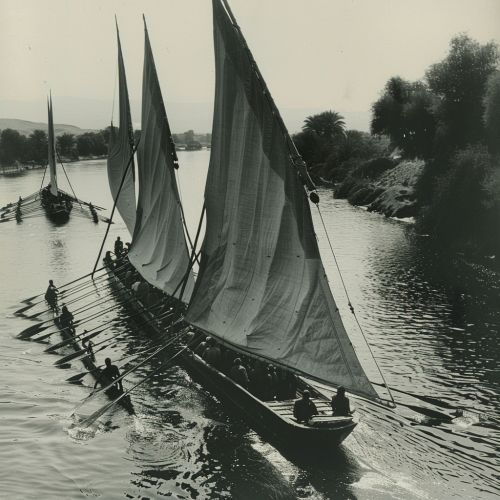
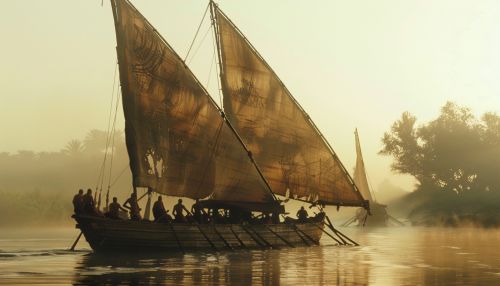
The Phoenicians later developed more advanced sailing techniques and ship designs, which allowed them to navigate the Mediterranean Sea and establish trade routes. The Greeks and Romans further improved upon these designs, creating larger and more efficient sailing vessels.
During the Middle Ages, the Vikings became renowned for their sailing skills. They built longships, which were fast, durable, and capable of navigating both open seas and narrow rivers. The Vikings used these ships for exploration, trade, and warfare, reaching as far as North America.
In the Age of Discovery, sailing became crucial for exploration and colonization. European explorers like Christopher Columbus and Vasco da Gama used advanced navigational tools and sailing techniques to discover new lands and establish trade routes.
The Industrial Revolution in the 18th and 19th centuries led to the decline of sailing as a means of transportation, as steam-powered ships became more prevalent. However, sailing remained popular as a recreational activity and sport.
Sailing Vessels
Sailing vessels come in a variety of designs and sizes, each suited to specific purposes and conditions. The smallest sailing vessels are dinghies, which are often used for training, racing, and recreational sailing. Larger vessels include yachts, which are used for cruising and racing, and tall ships, which are traditionally-rigged sailing vessels used for training and ceremonial purposes.
A sailing vessel's design is determined by several factors, including its intended use, the conditions it will face, and the materials available for its construction. The hull shape, rigging, and sail plan are all crucial elements of a sailing vessel's design.
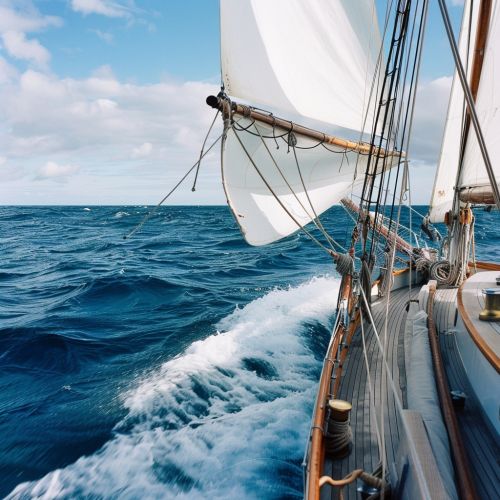
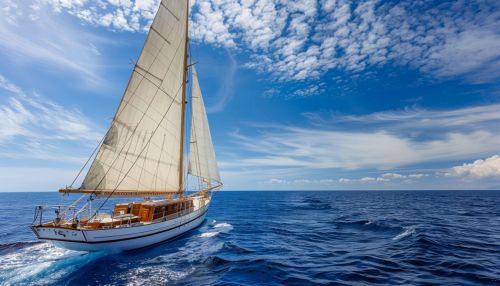
The hull of a sailing vessel is designed to provide buoyancy and stability, while minimizing drag. The rigging includes the masts, booms, and lines that support and control the sails. The sail plan determines the configuration and number of sails on the vessel.
There are several types of rigging, including sloop, cutter, ketch, yawl, and schooner. Each type has its advantages and disadvantages, and is suited to specific sailing conditions.
Sailing Techniques
Sailing involves a complex set of skills and techniques, which vary depending on the type of vessel and the conditions. These techniques include tacking and jibing, reefing, heaving to, and mooring.
Tacking and jibing are maneuvers used to change the boat's direction relative to the wind. Tacking involves changing the direction by moving the bow of the boat through the wind, while jibing involves changing the direction by moving the stern through the wind.
Reefing is the process of reducing the area of the sails to decrease the power they generate. This is done in strong winds to maintain control of the vessel and prevent damage to the sails.
Heaving to is a technique used to stop the boat and maintain its position. This is done by adjusting the sails and rudder so that they counteract each other, causing the boat to stall.
Mooring involves securing the boat to a dock, buoy, or anchor. This requires knowledge of various knots and the use of fenders to protect the boat from damage.
Sailing as a Sport
Sailing is a popular sport, with various types of races and competitions. These include match racing, fleet racing, team racing, and offshore racing.
Match racing involves two boats racing against each other on a short course. This type of racing emphasizes boat handling skills and tactical decision-making.
Fleet racing involves multiple boats racing against each other on the same course. This type of racing requires strategic planning and the ability to navigate through a crowded field.
Team racing involves teams of boats racing against each other. This type of racing requires teamwork and coordination among the team members.
Offshore racing involves long-distance races over open water. These races can last several days or even weeks, and require endurance, navigation skills, and the ability to handle a variety of weather conditions.
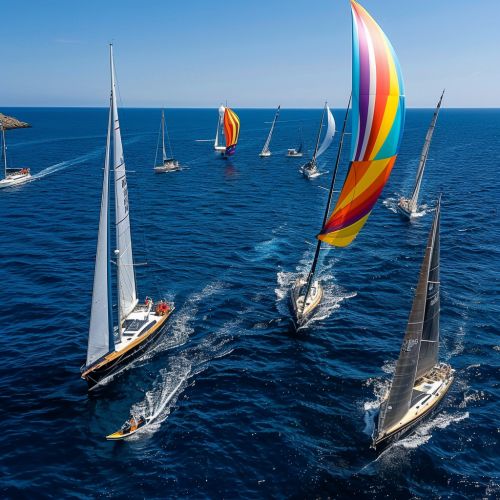
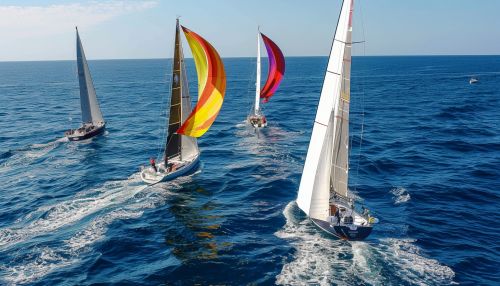
Sailing is also an Olympic sport, with various classes of boats used in the competition. These include the Laser, Finn, 470, and 49er classes.
